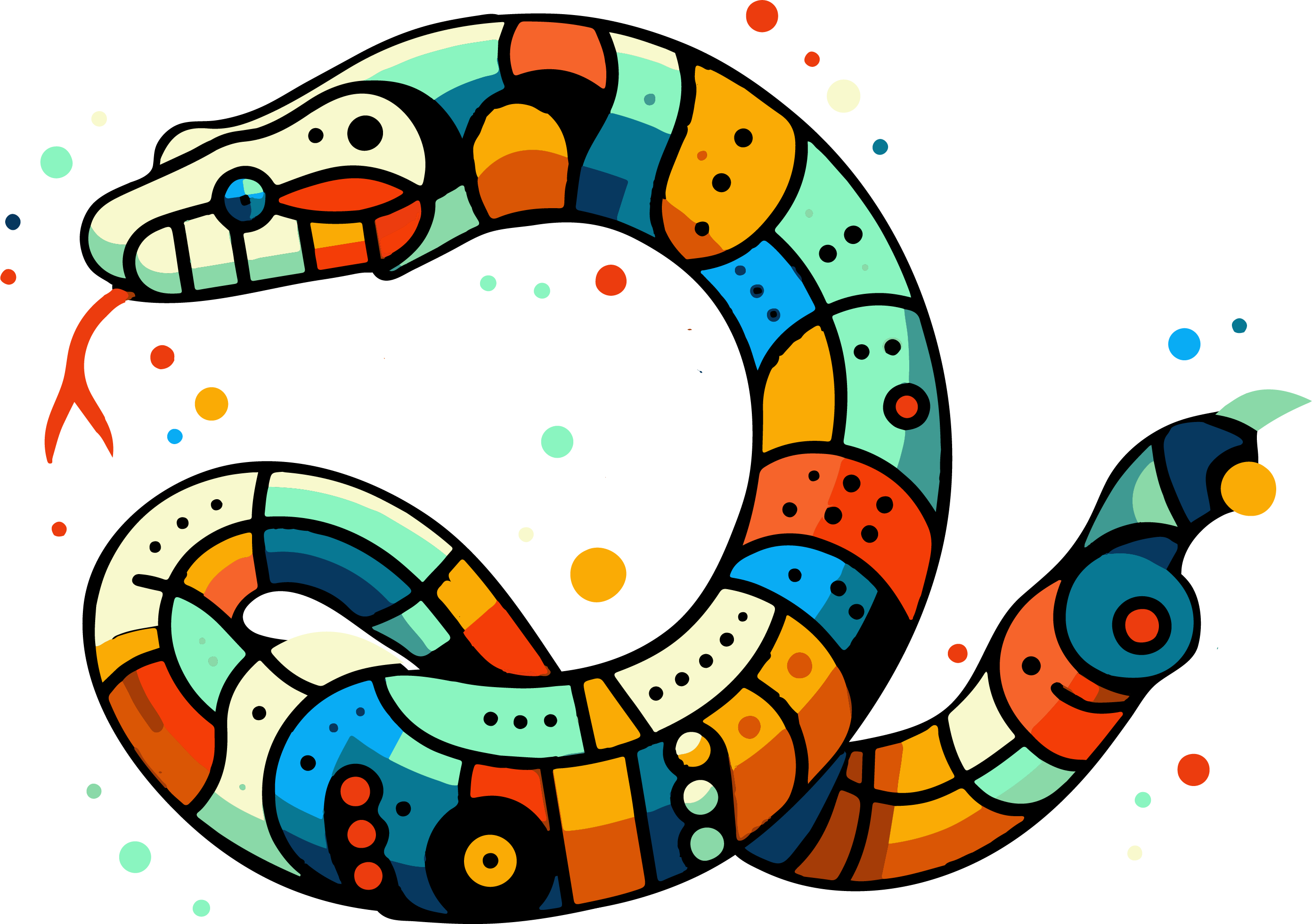9. Data Types II#
We’ve already encountered several data types. Now, let’s take a closer look and discuss additional important types. Let’s begin with a quick review.
It’s crucial to understand that variables in Python don’t contain the data/values directly. They are simply names linked to the memory location where the value is stored.
This explains why the following happens:
a = [5]
b = a
b.append(4)
print(a)
9.1. Review of Data Types We’ve Worked With#
9.1.1. Numbers#
We’ve frequently used integers and floats (floating-point numbers):
type(6) # => int
type(6.0) # => float
We haven’t discussed complex numbers yet, but for completeness:
type(2j + 3) # => complex
9.1.2. Strings#
type("abcdefg")
type('abcdefg')
type("""abcdefg""") # e.g., in function "docstrings"
9.1.3. Lists & Tuples#
We’ve already seen lists and tuples, which seem similar at first glance:
my_list = ["abc", "ABC", 5, 0.315]
my_tuple = ("abc", "ABC", 5, 0.315)
print(my_list[-1])
print(my_tuple[-1])
However, their behavior differs significantly!
Lists (
list) are mutable and come with many methods/functions:
my_list = ["abc"]
my_list.append("something else")
my_list.insert(1, "xyz")
my_list[2] = "XYZ"
print(my_list) # => ['abc', 'xyz', 'XYZ']
9.1.4. Boolean and None#
We’ve seen these types without discussing them as separate data types:
Boolean (
bool): Can only beTrueorFalse.NoneType (
None): Represents the absence of a value or object.
9.2. Sets and Dictionaries#
Python includes two additional widely used data types: sets and dictionaries.
9.2.1. Sets#
my_set = {"yes", "no", "maybe"}
At first glance, sets may resemble tuples or lists. However, consider this:
my_set[0] # => TypeError: 'set' object is not subscriptable
Sets are not sequences! Elements have no indices. Other operations (e.g., membership tests) still work:
"maybe" in my_set # => True
Even a for-loop works:
for s in my_set:
print(f"Well, {s}...")
The differences between sets and lists align with their usage in everyday language or mathematics. For instance:
animals = {"cat", "dog", "elephant", "lion", "dog"}
print(animals) # => {'cat', 'dog', 'elephant', 'lion'}
9.2.1.1. Combining Sets#
When combining sets, duplicates are automatically removed. Operations include:
Union (
A ∪ B):
animal_set1 = {"cat", "dog", "elephant", "lion"}
animal_set2 = {"parrot", "cat", "dog", "goldfish", "cow"}
all_animals = animal_set1.union(animal_set2)
print(all_animals)
Intersection (
A ∩ B):
most_popular = animal_set1.intersection(animal_set2)
print(f"Named twice: {most_popular}")
Mini Quiz: What animals are output here?
a) {‚parrot‘, ‚goldfish‘, ‚cow‘}
b) {‚cat‘, ‚dog‘}
c) {‚elephant‘, ‚lion‘}
d) {}
Symmetric Difference:
named_once = animal_set1.symmetric_difference(animal_set2)
print(f"Named once: {named_once}")
9.2.2. Dictionaries#
Dictionaries allow data to be stored as key-value pairs:
my_dict = {"Hallo": "hello",
"Tschüss": "bye",
"Danke": "thanks"}
print(my_dict["Danke"]) # => thanks
Keys must be unique:
my_dict = {"Hallo": "hello",
"Hallo": "hi"}
print(my_dict["Hallo"]) # => 'hi'
9.2.2.1. Modifying Dictionaries#
Dictionaries are mutable. Entries can be added, removed, or modified:
my_dict["password"] = "prettyfl0wer"
my_dict["hair color"] = "blond"
print(my_dict)
Check for a specific key:
print("password" in my_dict) # => True
Retrieve all keys, values, or key-value pairs:
print(my_dict.keys())
print(my_dict.values())
print(my_dict.items())
9.2.3. Nested Dictionaries#
Dictionaries can also contain other dictionaries, enabling more complex data structures:
hogwarts = {
"Dumbeldore": {"surname": "Albus", "function": "headmaster"},
"Lockhart": {"surname": "Gilderoy", "function": "teacher"},
"Granger": {"surname": "Hermione", "function": "pupil"}
}
print(hogwarts["Granger"]["surname"]) # => Hermione
9.3. Copying Objects: =, copy(), deepcopy()#
9.3.1. Shallow Copy (copy())#
A shallow copy only duplicates the top-level structure:
hogwarts = {"Dumbeldore": {"surname": "Albus", "function": "headmaster"}}
hogwarts_copy = hogwarts.copy()
hogwarts_copy["Dumbeldore"]["function"] = "former headmaster"
print(hogwarts["Dumbeldore"]["function"]) # => former headmaster
9.3.2. Deep Copy (deepcopy())#
For nested objects, use deepcopy():
import copy
hogwarts = {"Dumbeldore": {"surname": "Albus", "function": "headmaster"}}
hogwarts_copy = copy.deepcopy(hogwarts)
hogwarts_copy["Dumbeldore"]["function"] = "former headmaster"
print(hogwarts["Dumbeldore"]["function"]) # => headmaster
my_list1 = [[1, 2, 3], 12, 15]
my_list2 = copy.deepcopy(my_list1)
my_list2[0][0] = 54321
print(my_list1[0]) # => [1, 2, 3]
